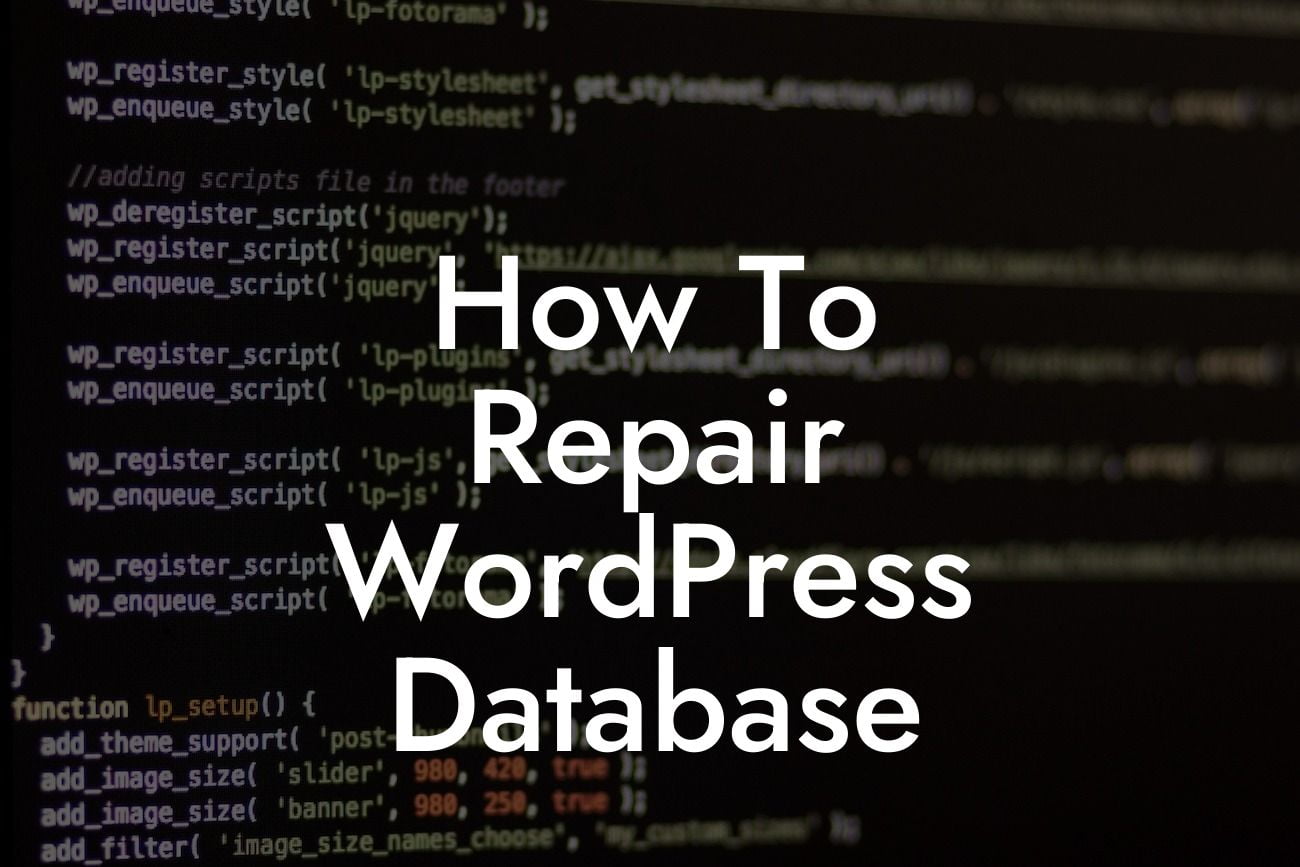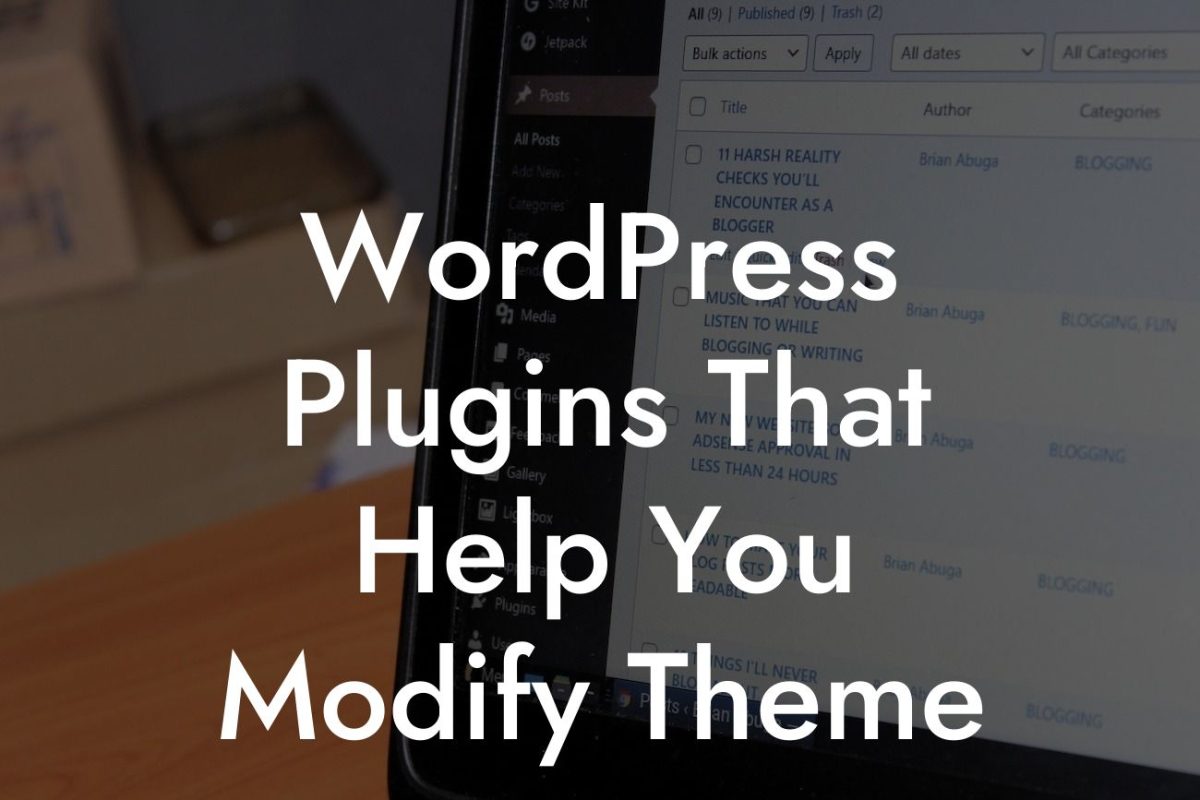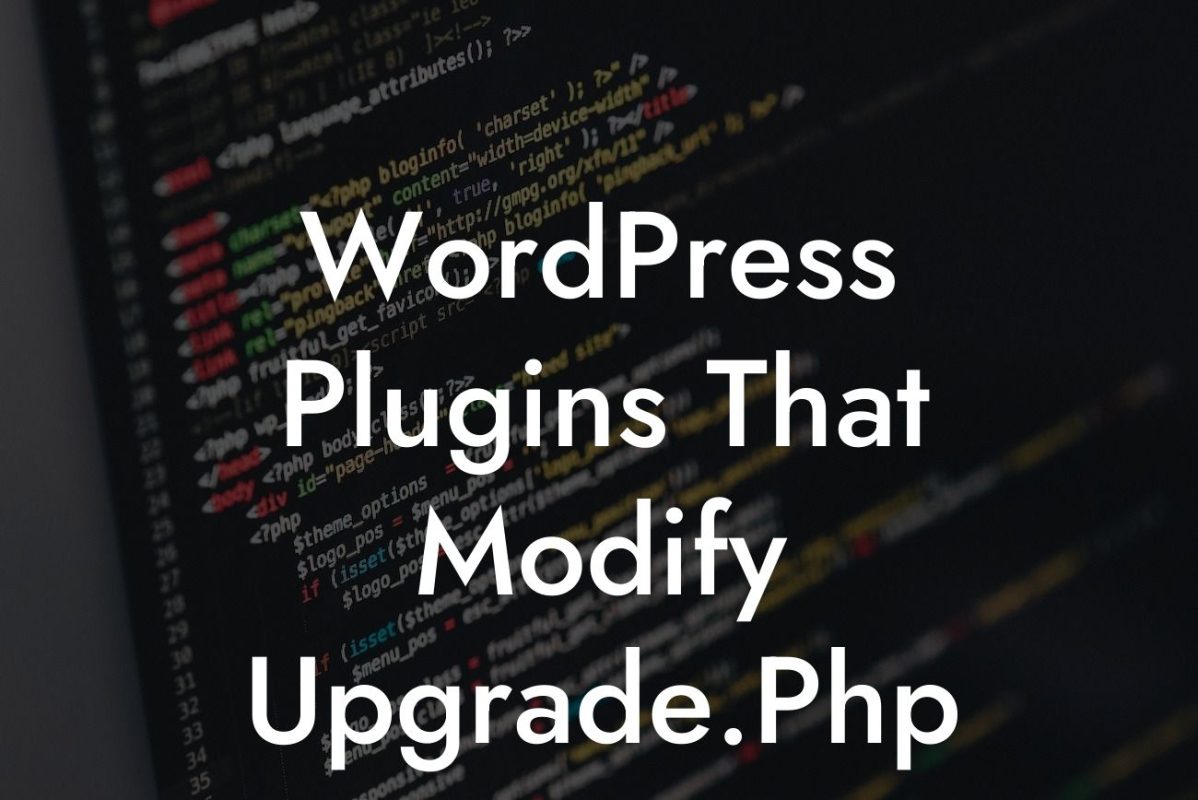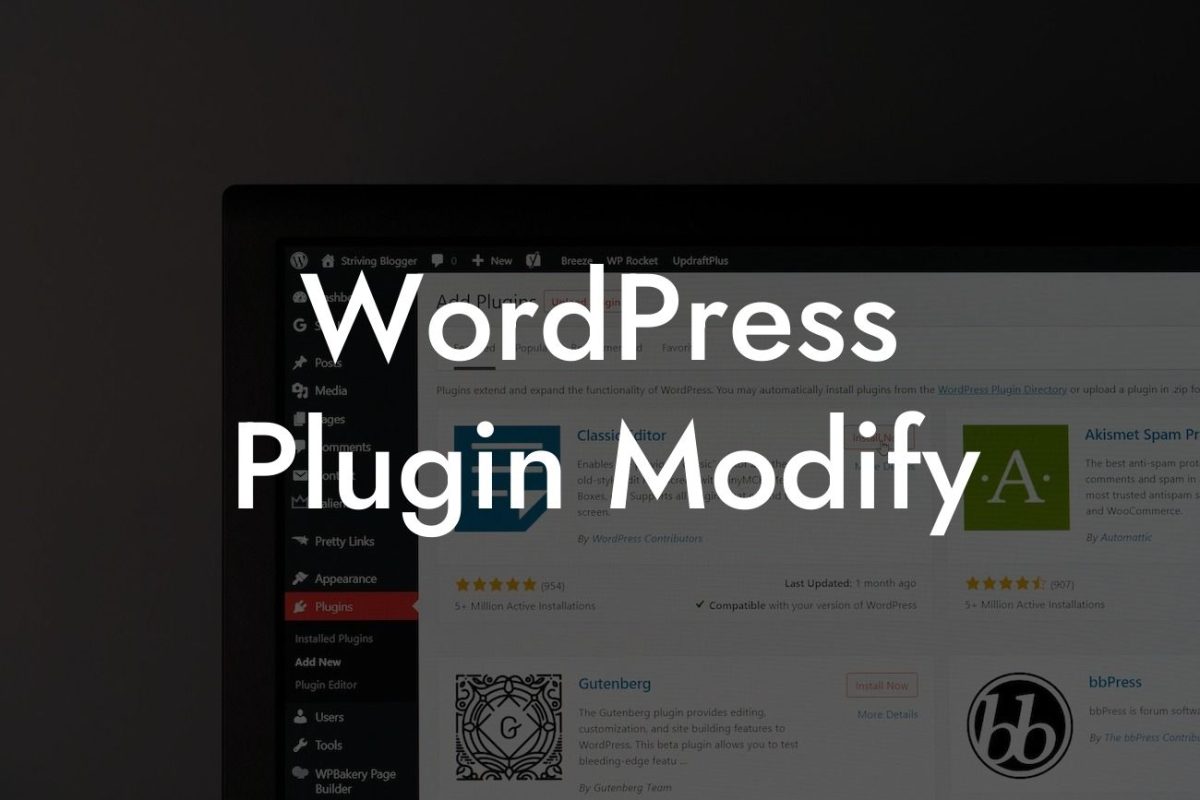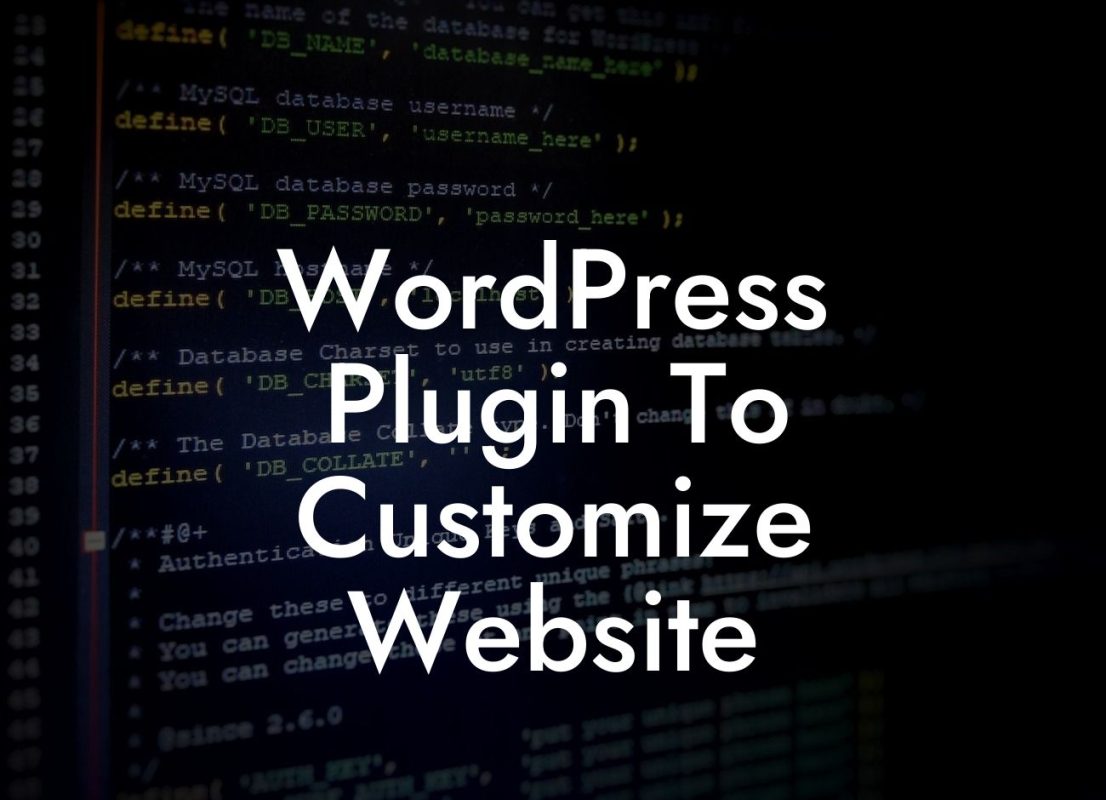Do you rely on WordPress to power your website? If so, then you know the importance of keeping your website running smoothly. One common issue that many WordPress users encounter is a corrupt or damaged database. A faulty database can lead to various problems, such as slow loading times, errors, and even data loss. But fear not! In this guide, we will show you how to repair your WordPress database and bring your website back to its optimal state. Say goodbye to frustrations and hello to a seamless online presence!
Having a detailed understanding of why database repair is crucial can help you navigate and resolve potential issues effectively. Let's dive into the why's and how's of repairing your WordPress database.
1. Importance of Database Maintenance:
- Discuss the significance of a healthy database for website performance and security.
- Highlight the risks of neglecting database maintenance, such as increased vulnerability to hacking attempts, slow page loading times, and potential data loss.
Looking For a Custom QuickBook Integration?
2. Common Issues and Symptoms:
- Outline typical signs of a damaged database, such as error messages, white screens, or inexplicable site crashes.
- Explain the root causes for such issues, such as plugin conflicts, server errors, or incomplete updates.
3. Backup Your Database:
- Emphasize the importance of backing up your database before attempting any repairs.
- Provide step-by-step instructions on how to create a full backup using popular WordPress backup plugins or manually through a hosting provider.
4. Identifying and Resolving Database Issues:
- Explain how to access the WordPress database through phpMyAdmin or plugin options.
- Provide guidance on spotting common problems within the database, such as duplicate entries, table crashes, or missing data.
- Offer step-by-step instructions on resolving each identified issue, utilizing suitable SQL queries or plugins as necessary.
How To Repair Wordpress Database Example:
Suppose you notice unusual error messages appearing on your website and find that your pages are loading painfully slow. By accessing your WordPress database through phpMyAdmin, you identify a table crash issue. Following the step-by-step guide provided, you run a repair query to fix the crashed table. Voila! Your website is back to its speedy state, and those error messages are nowhere to be seen.
Now that you have successfully repaired your WordPress database, remember the importance of regular maintenance. Set a routine for backing up your database, updating plugins and themes, and monitoring your website's performance. Explore DamnWoo's collection of plugins designed exclusively for small businesses and entrepreneurs to enhance your online presence further. Don't forget to share this article with others who may also find it helpful. Together, let's empower each other to create extraordinary websites!

